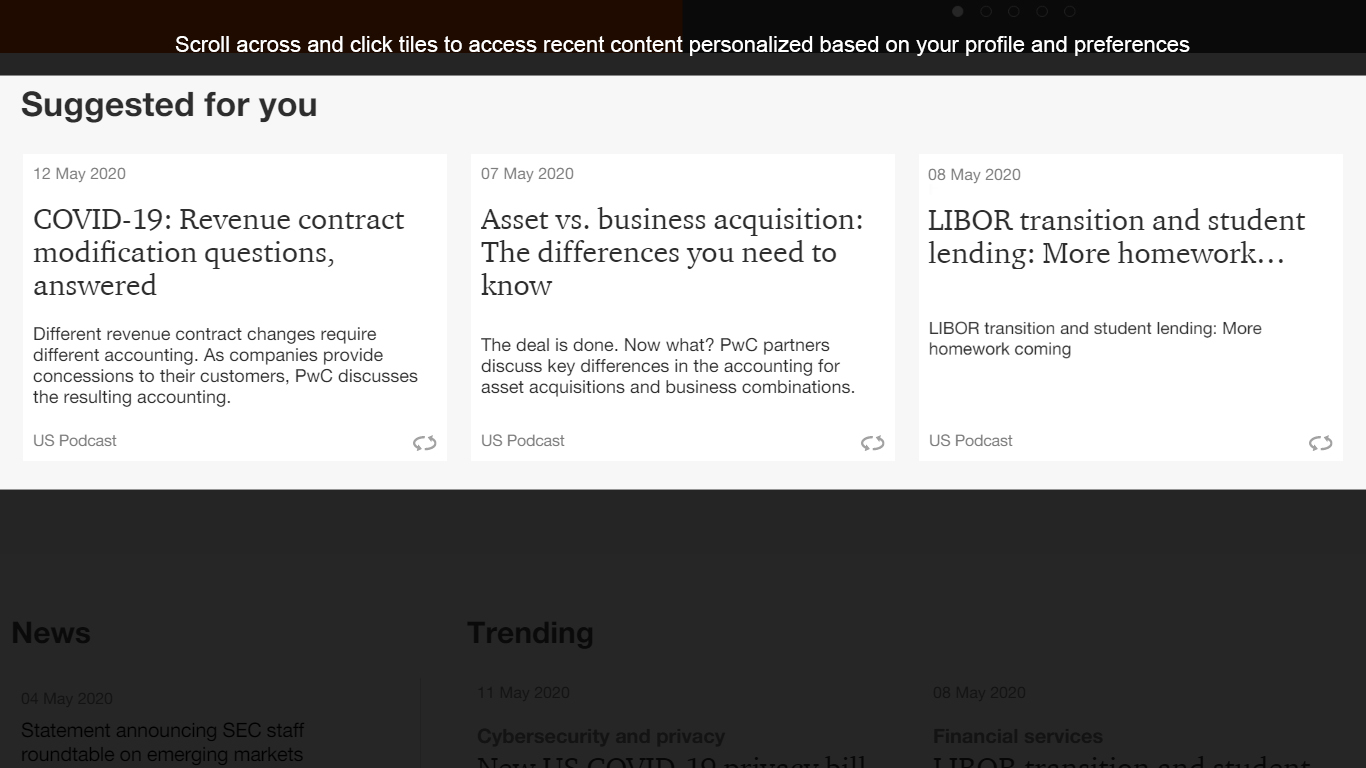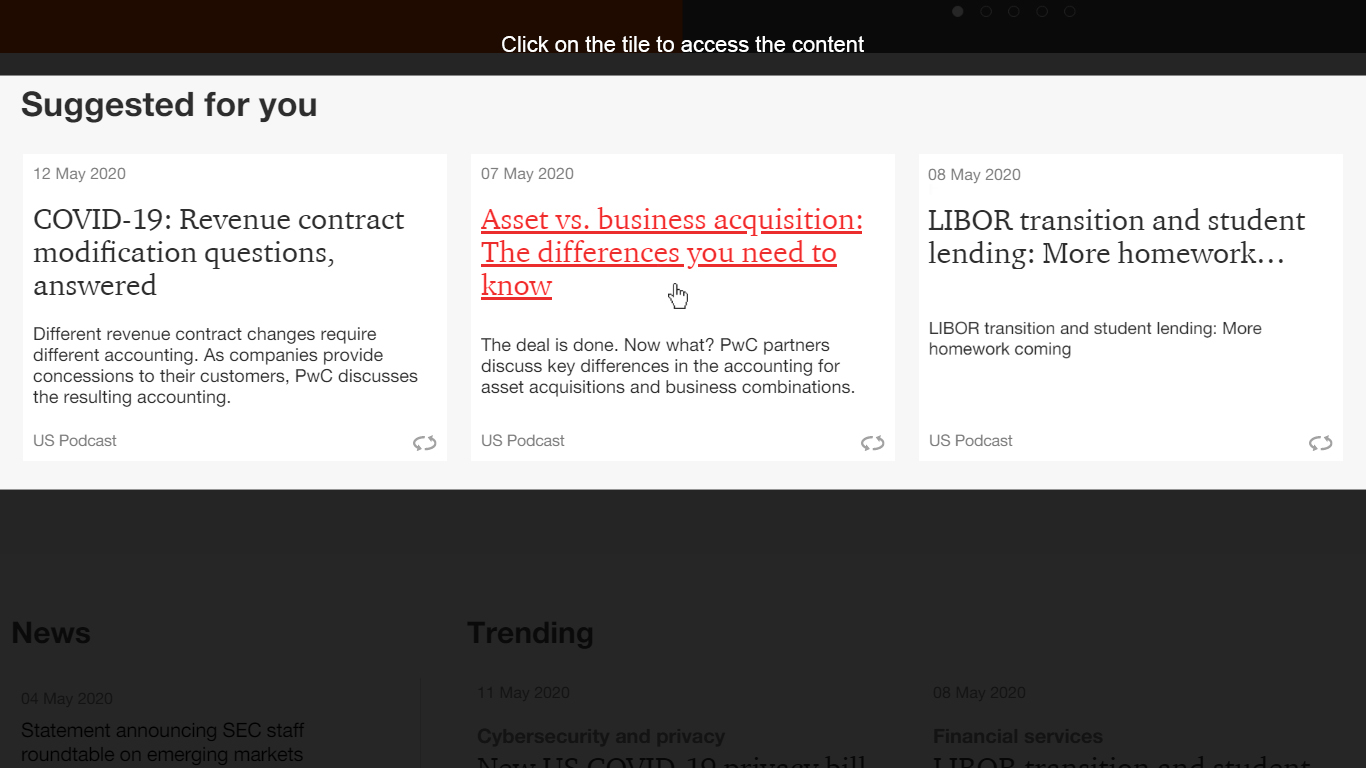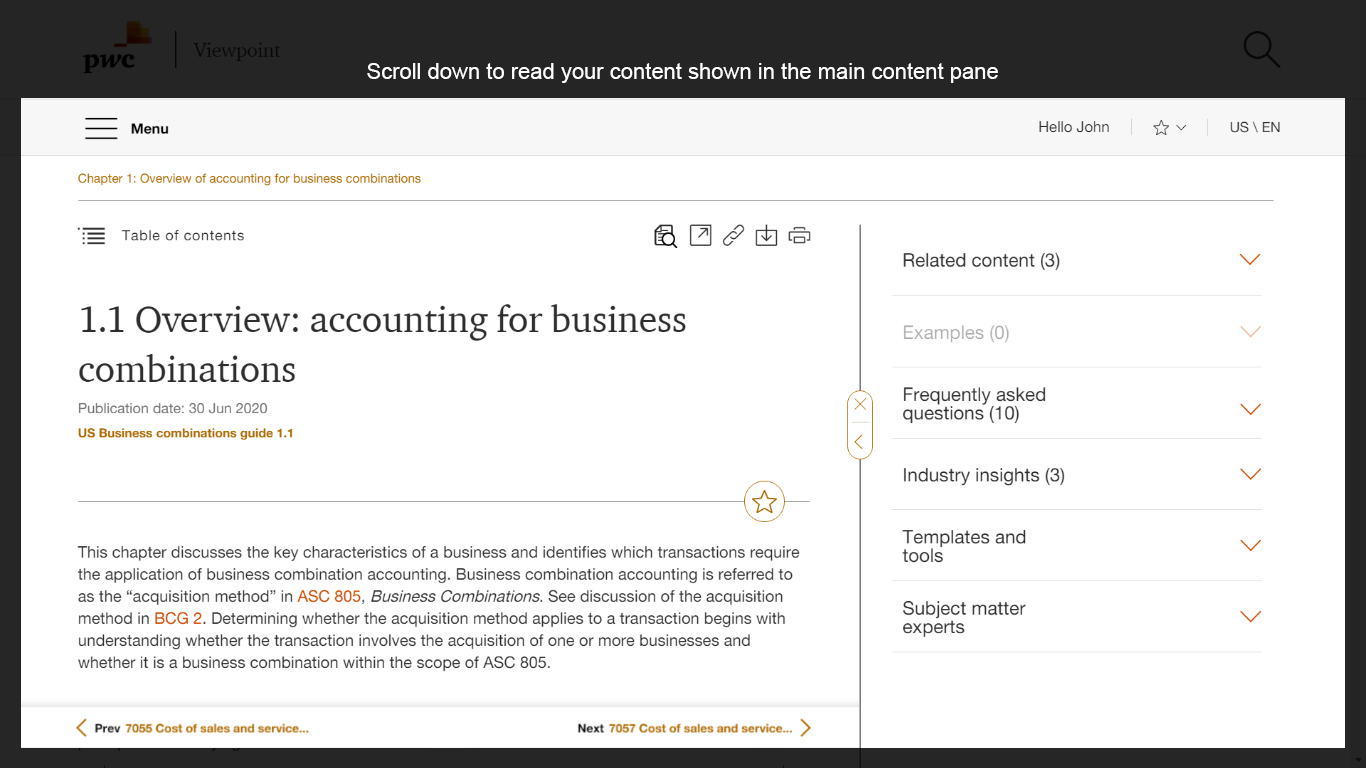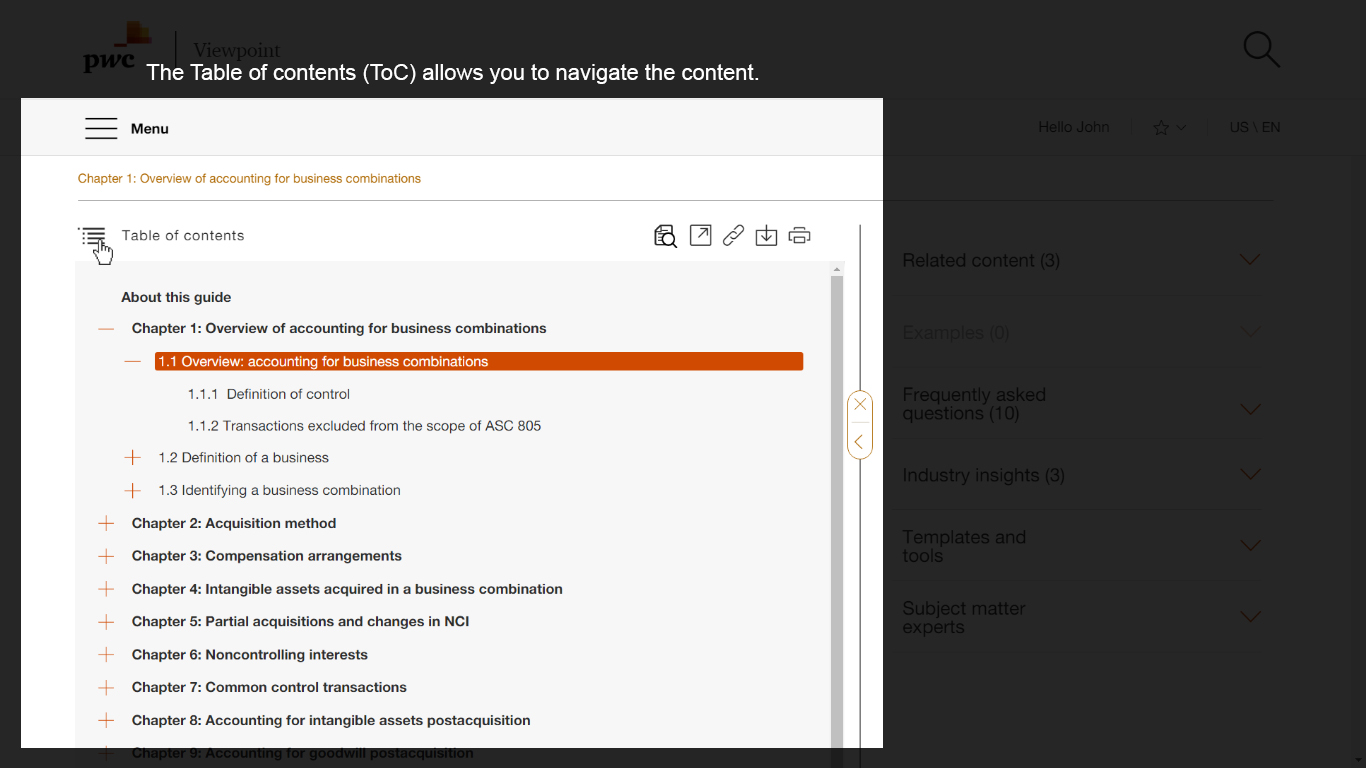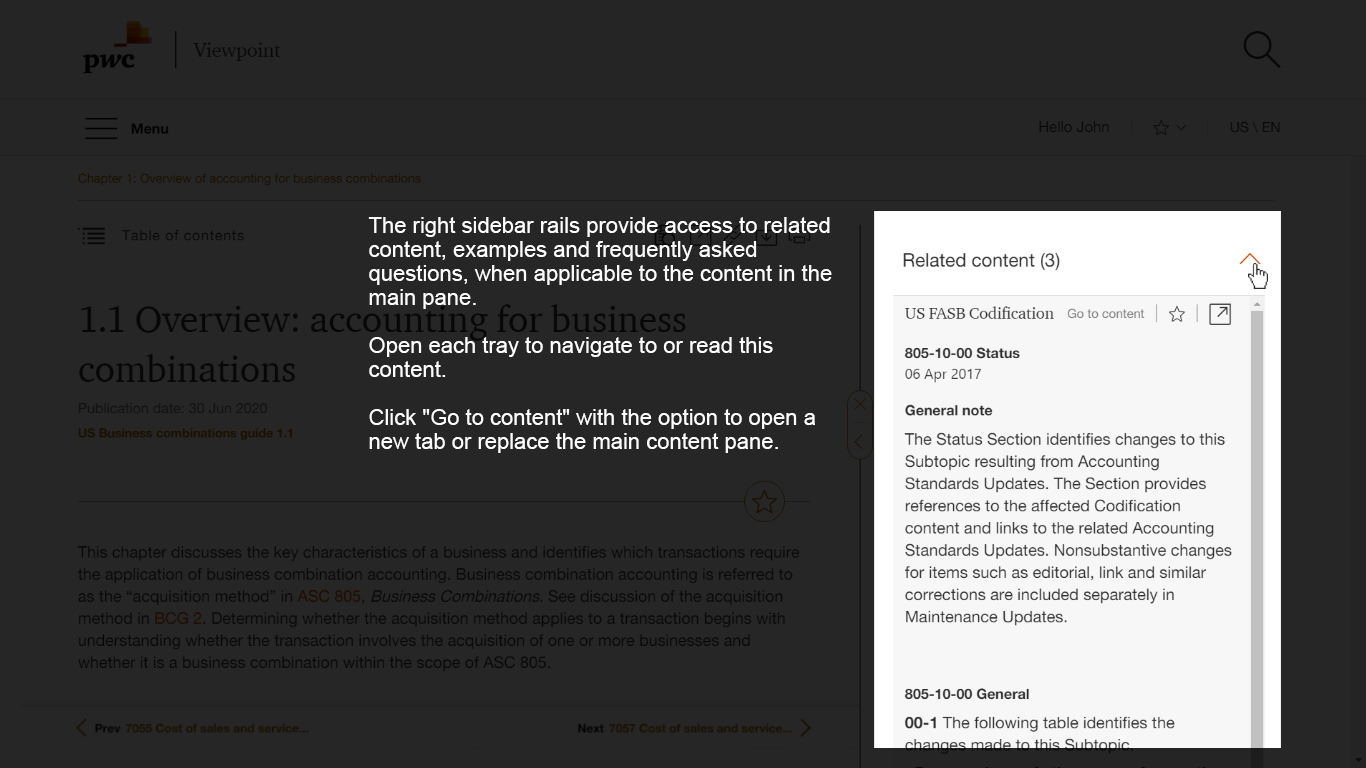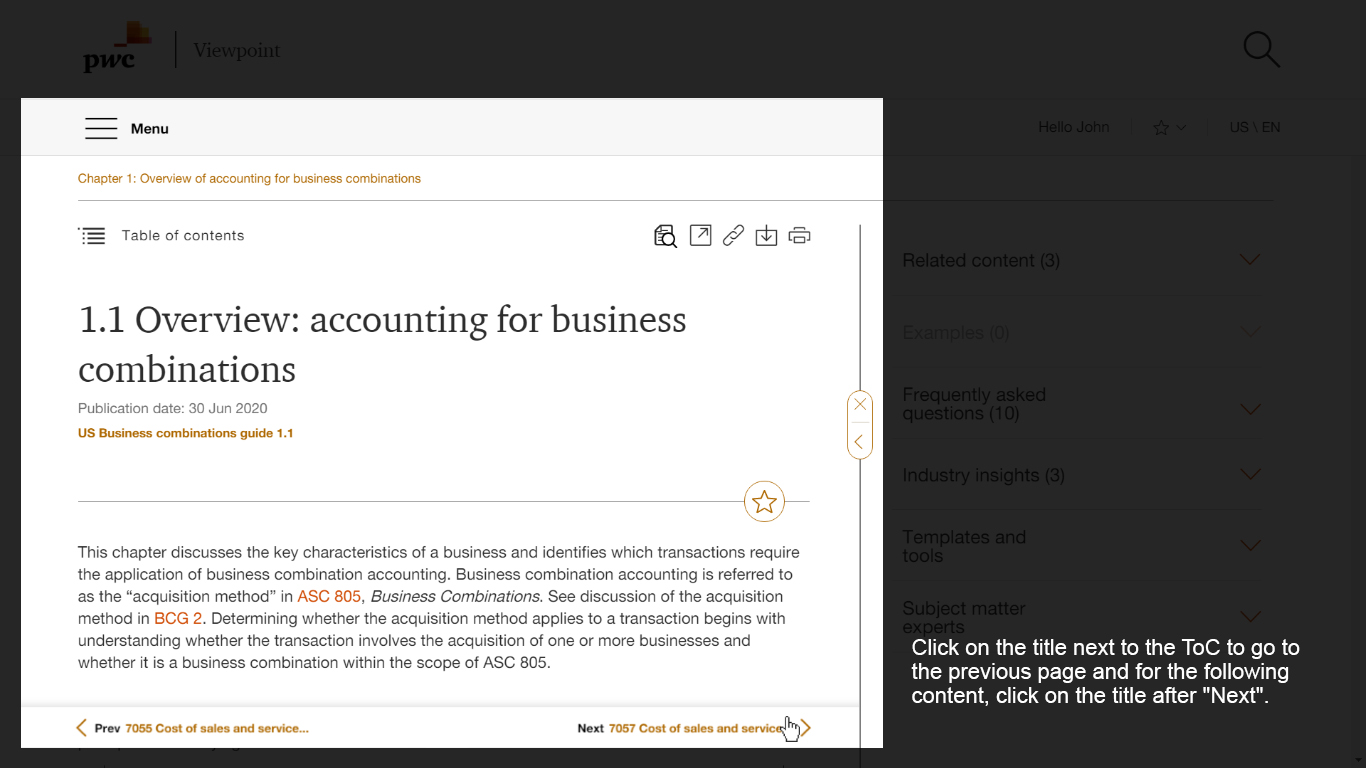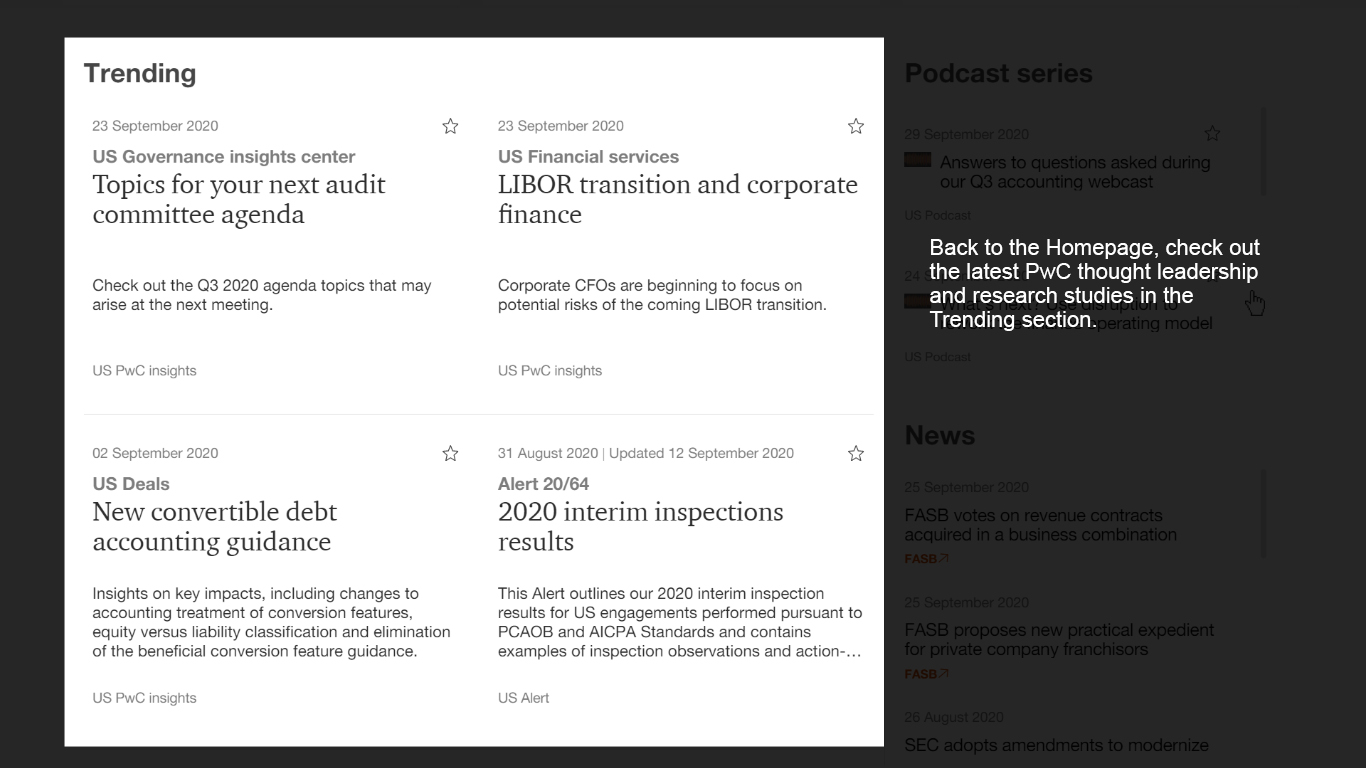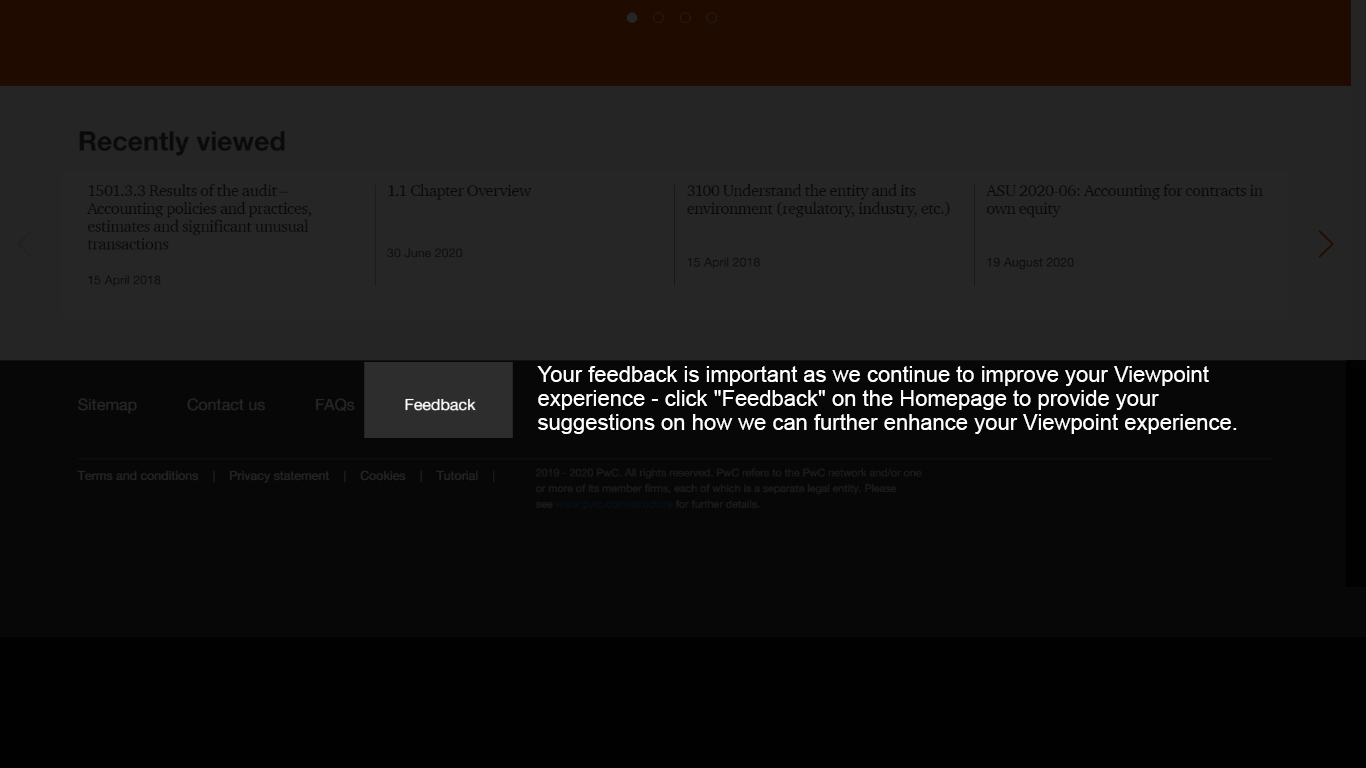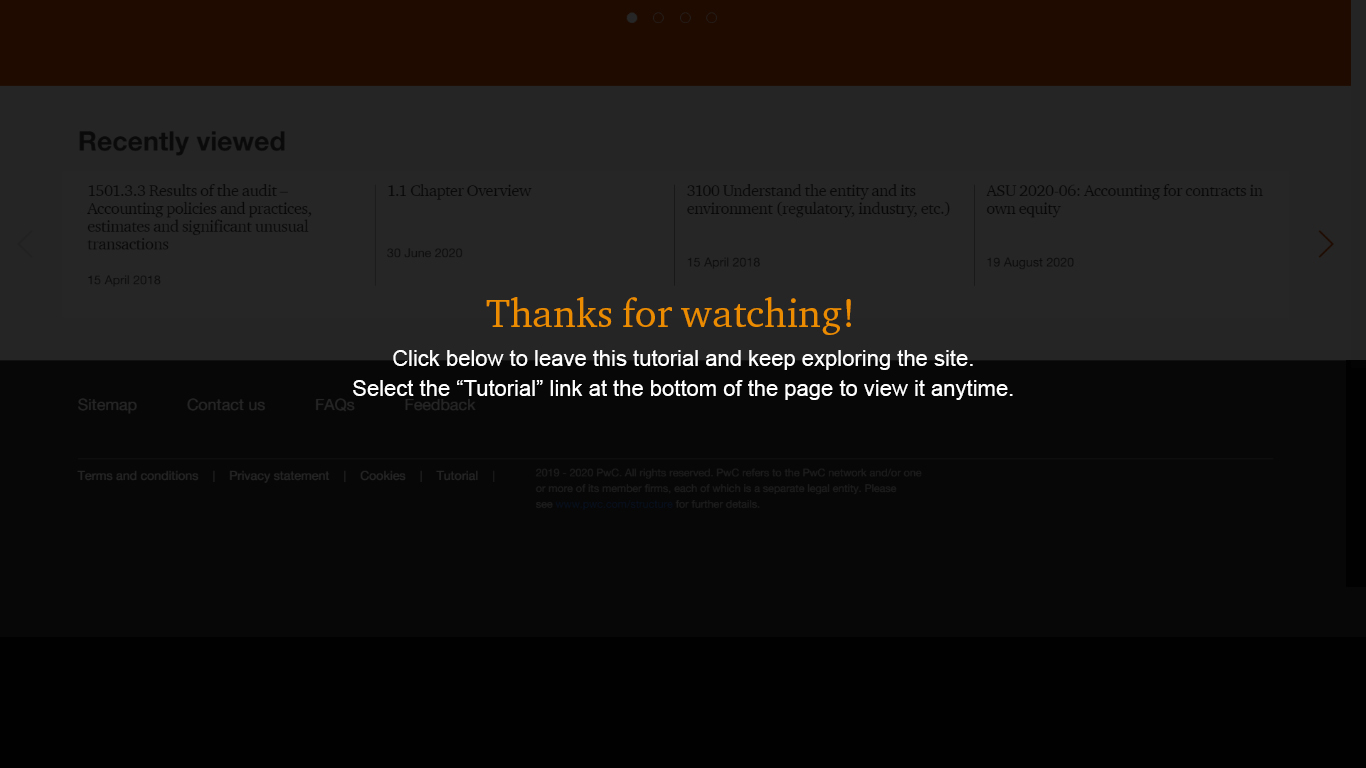Under
ASC 810-10-15, consolidation of a majority-owned subsidiary is precluded where control does not rest with the majority owners—for instance, where the subsidiary is in legal reorganization or bankruptcy. Accordingly, when a subsidiary files for bankruptcy, it is usually appropriate for a solvent parent to deconsolidate the subsidiary. Under
ASC 810, this loss of control would likely trigger a gain or loss for the parent as the parent would remeasure its retained noncontrolling investment at fair value. The parent should consider whether it needs to separately recognize any obligations related to its ownership of the subsidiary, which may reduce the gain or increase the loss upon deconsolidation. Examples of such obligations might include the parent's guarantees of subsidiary debt or other obligations for which the Court might hold the parent responsible. A parent that has lost control and deconsolidated a bankrupt subsidiary for which the parent provides a guarantee of the subsidiary's debt should recognize a liability under the guidance in
ASC 460,
Guarantees, for the fair value of the guarantee. In the unusual circumstance when a parent has not lost control of its bankrupt subsidiary, the recognition of a guarantee liability would not be appropriate.
Question BLG 3-8
When should a parent company, which is not in bankruptcy, deconsolidate a subsidiary that has filed for bankruptcy?
PwC response
A parent deconsolidates a subsidiary as of the date the parent no longer has control of the subsidiary. Examples of events that result in deconsolidation of a subsidiary include when a subsidiary becomes subject to the control of a government, court, administrator, or regulator. Normally, once a subsidiary files for bankruptcy protection, a parent no longer has control over the subsidiary (as the Court must approve all significant actions), and the subsidiary should be deconsolidated on that date. See
BCG 1.1 for discussion on the definition of control.
Question BLG 3-9
Should a parent company, which is not in bankruptcy and has a negative investment in a subsidiary, recognize a gain upon the subsidiary's filing for bankruptcy?
PwC response
Following the guidance in
ASC 810-10, a parent would derecognize the negative investment and determine the amount of gain or loss to recognize on the date of the bankruptcy filing. The parent should consider the fair value of its retained investment when making this determination. This includes consideration of whether it needs to separately recognize any obligations related to its ownership of the subsidiary, which would reduce the gain or increase the loss on deconsolidation (e.g., the parent has guaranteed, or the Court will hold the parent liable for, certain obligations of the subsidiary).
Upon deconsolidation, the equity method in
ASC 323 usually should not be used to account for a majority-owned subsidiary that is not consolidated because, as a result of bankruptcy, the parent usually does not have significant influence over the investee. Some of the factors to consider in determining if the parent should apply the equity method include whether (1) the parent company operates the subsidiary as a debtor-in-possession, (2) other factors indicate that the creditors and other beneficiaries (e.g., litigants) will be made whole in the bankruptcy proceeding (i.e., there are no substantive adverse parties), (3) the facts indicate that the subsidiary will be in bankruptcy for a relatively short period of time, and (4) the bankruptcy filing is being used by the parent company to accomplish certain narrow objectives (such as the rejection of selected leases).
Accordingly, assuming the reporting entity is precluded from applying
ASC 810 or
ASC 323, it should account for its equity investments in accordance with
ASC 321,
Investments–Equity Securities, which generally requires equity investments to be measured at fair value with changes in fair value recorded in current earnings. However, entities may elect a measurement alternative per
ASC 321-10-35-2 if the equity investment does not have a readily determinable fair value and does not qualify for the practical expedient to estimate fair value in accordance with
ASC 820-10-35-59. The measurement alternative initially measures a reporting entity’s investment at cost. The investment is remeasured to fair value if impaired or upon an observable price change that results from an orderly transaction of an identical or similar investment from the same issuer.
A reporting entity should make an election to use the measurement alternative for each investment separately and reassess at each reporting period whether the equity investment continues to qualify to be measured in accordance with
ASC 321-10-35-2. See
LI 2.3 for additional discussion of the accounting for equity investments.
When a nonbankrupt parent deconsolidates a bankrupt subsidiary, the parent should consider whether the historical operating results of that subsidiary should be reported as discontinued operations following the criteria in
ASC 205 and
ASC 360. If the parent concludes at the time of deconsolidation that the former subsidiary does not qualify for discontinued operations, the subsequent disposition of an investment accounted for in accordance with
ASC 321-10-35-2 would not be eligible for discontinued operations treatment.
Question BLG 3-10
Should a nonbankrupt parent continue to consolidate a variable interest entity (VIE) which has filed for bankruptcy?
PwC response
When a nonbankrupt parent consolidates a VIE prior to the VIE's filing for bankruptcy, the parent should consider whether it is still the primary beneficiary of the VIE after the VIE files for bankruptcy. Generally, the parent would no longer be able to assert that it has the power to direct the activities of the VIE that most significantly impact the VIE's economic performance. Such power typically resides with the Court once the VIE has filed for bankruptcy.



